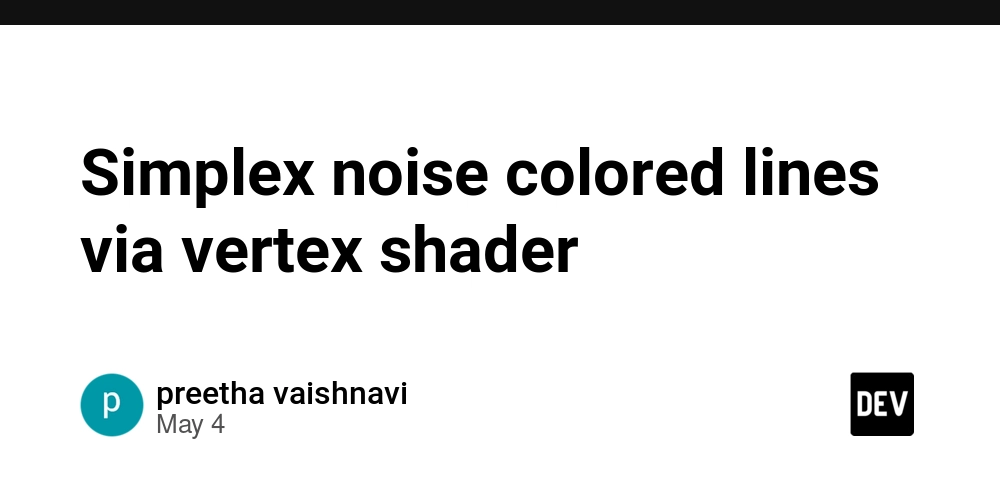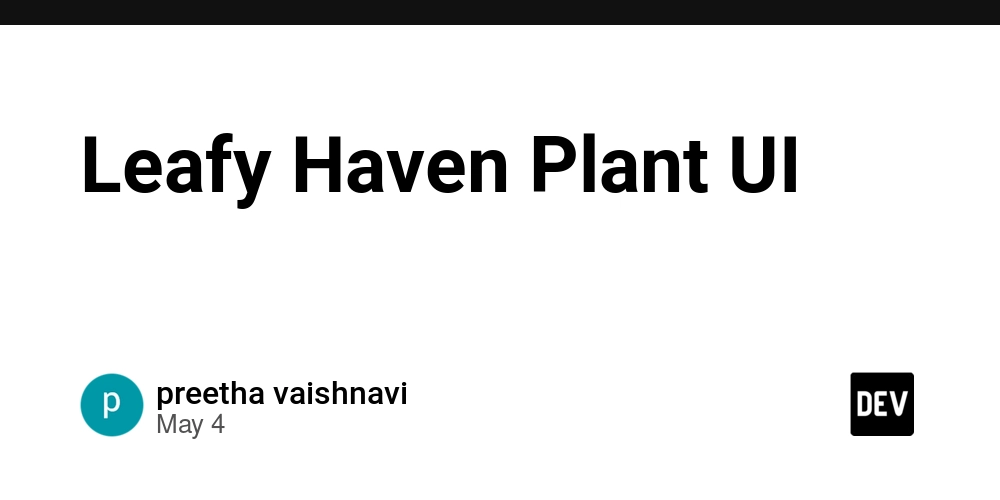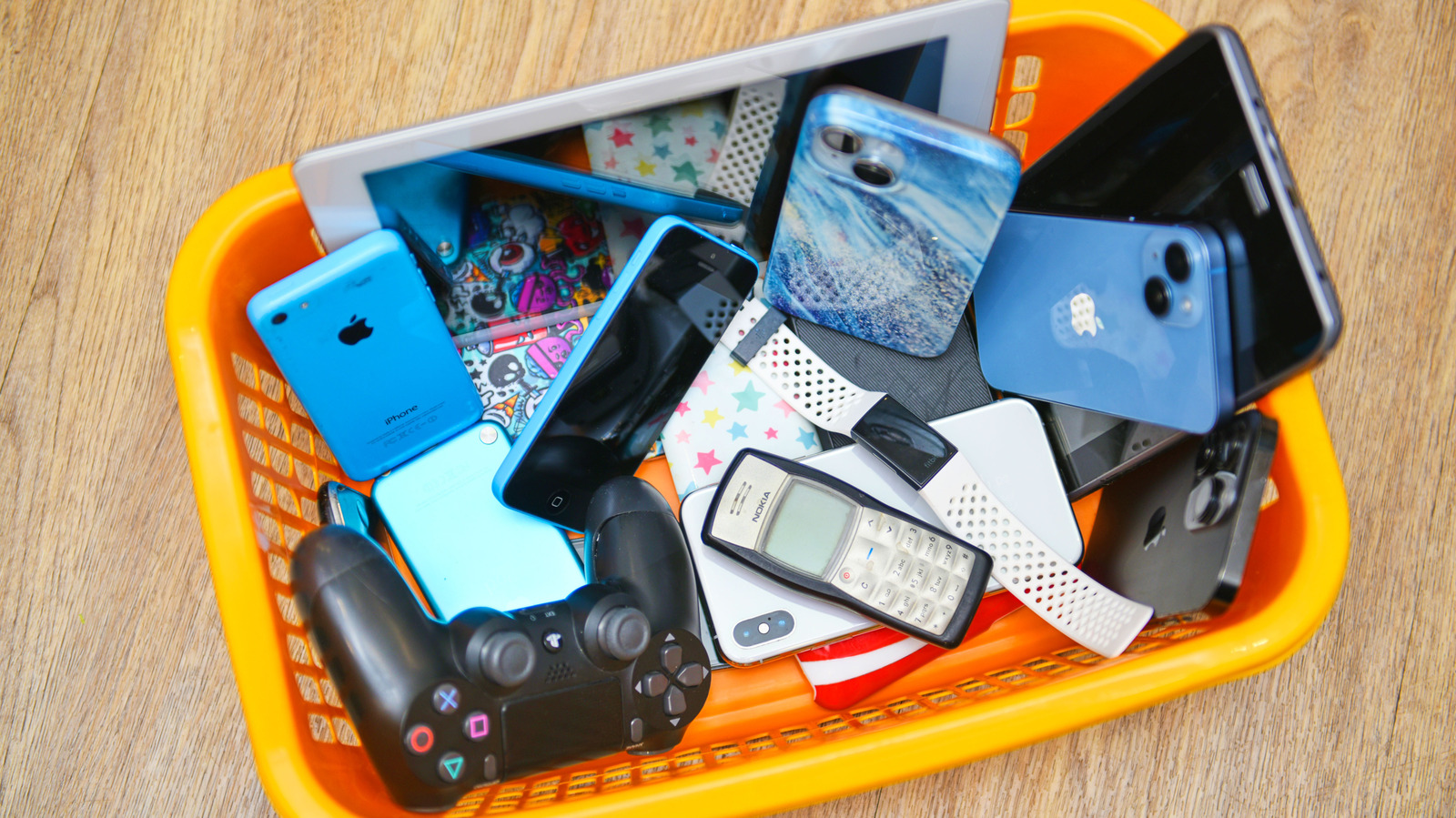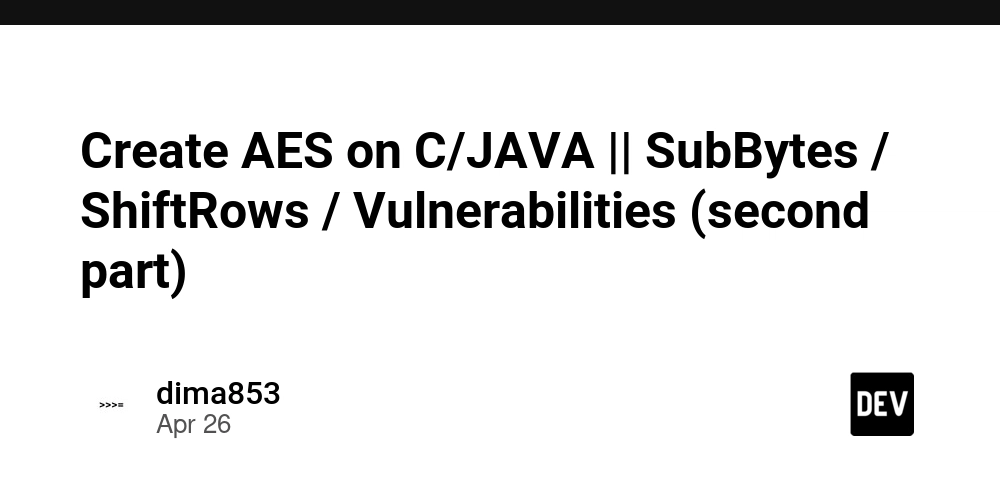Ethical Design in the Digital Era: How to Develop Trust, Rather Than Interfaces
Would You Continue to Use That App If You Knew That It Was Tracking You? Here's what happened to my friend—and what all designers should learn from it. A few months ago, a good friend of mine told me that she removed her favorite health tracking app. I was surprised—it was simple, well-rated, and full of bells and whistles. But when I asked her why, she told me something that stuck with me: "It tracked my location 24/7… and I never gave it permission. That's not help, that's surveillance." That's when it struck me—we're no longer just creating interfaces. We're creating trust. Or breaking it. What Is Ethical Design? Simply put, ethical design is about creating digital products that respect human rights, are transparent, and put users' needs ahead of manipulative growth hacks. It means asking: Are we collecting just what we require? Are we explaining clearly or sneaking it in in the small print? Are we empowering the user—or exploiting them? Why Ethical Design Matters More Than Ever We exist in a world where apps push us to sign up, tap, share, and spend – without necessarily disclosing. That's where ethical design matters. It's not a choice – it's a necessity. Here's why: Trust online is easily broken. The wrong experience can cost a user for life. People are informed. Because of tactics like Cambridge Analytica, citizens care about how their data is being used. Regulations are piling up. GDPR, CCPA, and more are holding products accountable. If your design relies on underhanded tactics, it's only a matter of time before users catch on. 5 Practical Tips for Ethical, People-First Design If you're a UX designer, developer, or product strategist, here are actionable ways to design ethical digital experiences: Prioritize Consent Ask simply and clearly. Avoid auto-opt-ins or hiding "no" behind five clicks. Remove Dark Patterns Don't design on trickery—eliminate confirmshaming, hidden subscriptions, and sly defaults. Design for Control Let users see, modify, and remove their information. Give them settings that do something. Be Transparent Demonstrate how and why data is being used. Use clear, human language instead of jargon. Respect User Attention If your app sends five notifications per hour just to increase engagement, it's not useful—it's noise. A Better Digital Future Starts with Design Ethical design is not about perfection. It's about purpose. You're not constructing screens—you're shaping choices, feelings, and connections. Imagine a world in which: Apps ask first before they track. Notifications respect your time. Each click inspires trust, not regret. That's the world that good design can bring. What You Can Do Today: Examine your current design: Is it manipulative or confusing? Engage real users in feedback loops—not data alone. Stand up within your organization. One voice sparks change. Question for you: What's one app you stopped using because it was exploitative? Leave a comment—let's spread awareness together.

Would You Continue to Use That App If You Knew That It Was Tracking You?
Here's what happened to my friend—and what all designers should learn from it.
A few months ago, a good friend of mine told me that she removed her favorite health tracking app. I was surprised—it was simple, well-rated, and full of bells and whistles.
But when I asked her why, she told me something that stuck with me:
"It tracked my location 24/7… and I never gave it permission. That's not help, that's surveillance."
That's when it struck me—we're no longer just creating interfaces.
We're creating trust. Or breaking it.
What Is Ethical Design?
Simply put, ethical design is about creating digital products that respect human rights, are transparent, and put users' needs ahead of manipulative growth hacks.
It means asking:
Are we collecting just what we require?
Are we explaining clearly or sneaking it in in the small print?
Are we empowering the user—or exploiting them?
Why Ethical Design Matters More Than Ever
We exist in a world where apps push us to sign up, tap, share, and spend – without necessarily disclosing. That's where ethical design matters. It's not a choice – it's a necessity.
Here's why:
Trust online is easily broken. The wrong experience can cost a user for life.
People are informed. Because of tactics like Cambridge Analytica, citizens care about how their data is being used.
Regulations are piling up. GDPR, CCPA, and more are holding products accountable.
If your design relies on underhanded tactics, it's only a matter of time before users catch on.
5 Practical Tips for Ethical, People-First Design
If you're a UX designer, developer, or product strategist, here are actionable ways to design ethical digital experiences:
Prioritize Consent
Ask simply and clearly. Avoid auto-opt-ins or hiding "no" behind five clicks.
Remove Dark Patterns
Don't design on trickery—eliminate confirmshaming, hidden subscriptions, and sly defaults.
Design for Control
Let users see, modify, and remove their information. Give them settings that do something.
Be Transparent
Demonstrate how and why data is being used. Use clear, human language instead of jargon.
Respect User Attention
If your app sends five notifications per hour just to increase engagement, it's not useful—it's noise.
A Better Digital Future Starts with Design
Ethical design is not about perfection. It's about purpose.
You're not constructing screens—you're shaping choices, feelings, and connections.
Imagine a world in which:
Apps ask first before they track.
Notifications respect your time.
Each click inspires trust, not regret.
That's the world that good design can bring.
What You Can Do Today:
Examine your current design: Is it manipulative or confusing?
Engage real users in feedback loops—not data alone.
Stand up within your organization. One voice sparks change.
Question for you:
What's one app you stopped using because it was exploitative?
Leave a comment—let's spread awareness together.






































































































































































![[The AI Show Episode 145]: OpenAI Releases o3 and o4-mini, AI Is Causing “Quiet Layoffs,” Executive Order on Youth AI Education & GPT-4o’s Controversial Update](https://www.marketingaiinstitute.com/hubfs/ep%20145%20cover.png)



























































































































![[DEALS] Microsoft 365: 1-Year Subscription (Family/Up to 6 Users) (23% off) & Other Deals Up To 98% Off – Offers End Soon!](https://www.javacodegeeks.com/wp-content/uploads/2012/12/jcg-logo.jpg)




![From Art School Drop-out to Microsoft Engineer with Shashi Lo [Podcast #170]](https://cdn.hashnode.com/res/hashnode/image/upload/v1746203291209/439bf16b-c820-4fe8-b69e-94d80533b2df.png?#)








































































































(1).jpg?#)































_Inge_Johnsson-Alamy.jpg?width=1280&auto=webp&quality=80&disable=upscale#)












































































































![Apple to Split iPhone Launches Across Fall and Spring in Major Shakeup [Report]](https://www.iclarified.com/images/news/97211/97211/97211-640.jpg)
![Apple to Move Camera to Top Left, Hide Face ID Under Display in iPhone 18 Pro Redesign [Report]](https://www.iclarified.com/images/news/97212/97212/97212-640.jpg)
![Apple Developing Battery Case for iPhone 17 Air Amid Battery Life Concerns [Report]](https://www.iclarified.com/images/news/97208/97208/97208-640.jpg)
![AirPods 4 On Sale for $99 [Lowest Price Ever]](https://www.iclarified.com/images/news/97206/97206/97206-640.jpg)

































![[Updated] Samsung’s 65-inch 4K Smart TV Just Crashed to $299 — That’s Cheaper Than an iPad](https://www.androidheadlines.com/wp-content/uploads/2025/05/samsung-du7200.jpg)


































































